Intolerable Risk: Dangerous Design behind the Washington DC Mid-Air Collision
Fear of Landing
MARCH 21, 2025
Memorial Bridge, where the helicopter may cross to join Route 5 or continue to turn over the Tidal Basin, is a compulsory reporting point: pilots must report to air traffic control that they have reached that position as they follow the shore of the Potomac. Route 1 has two reporting points. Here is another hole in the cheese.

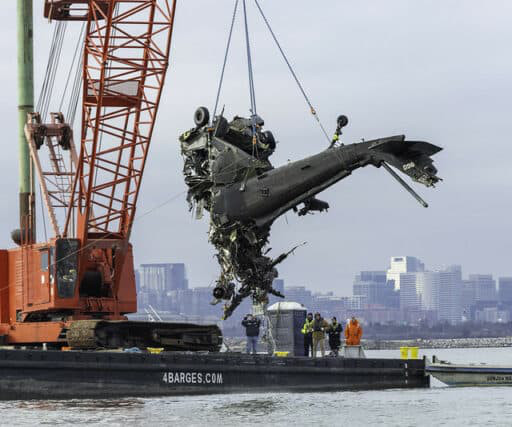


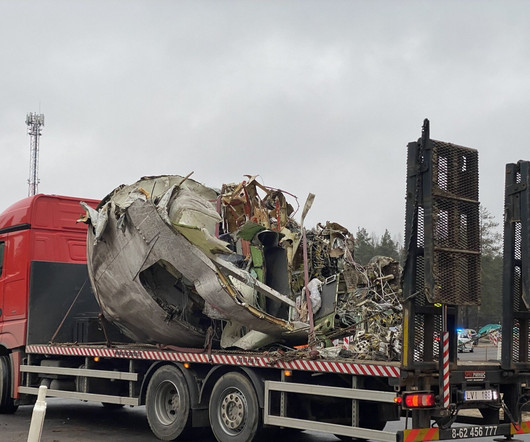




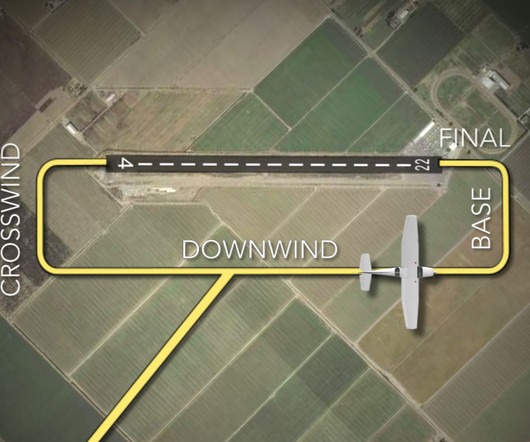
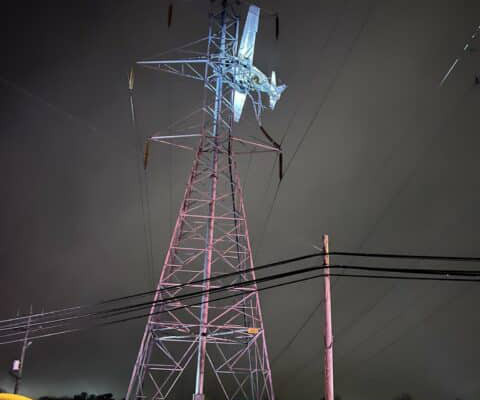


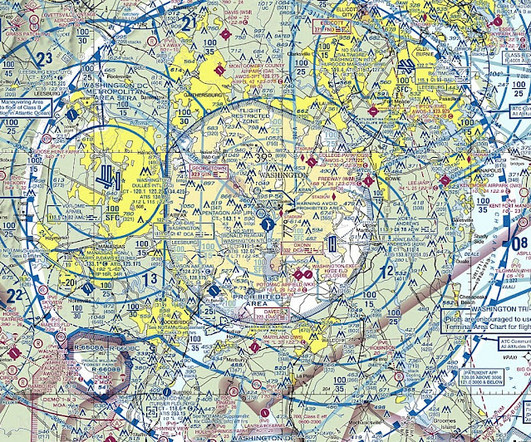



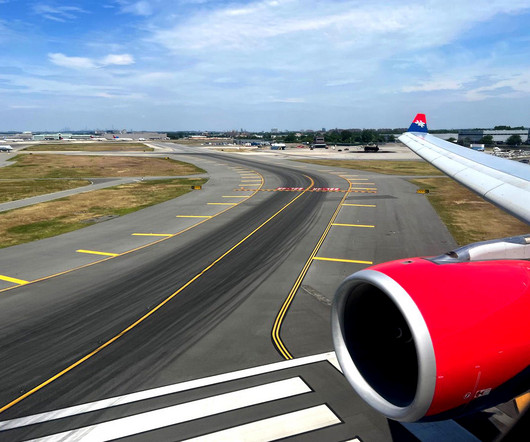










Let's personalize your content